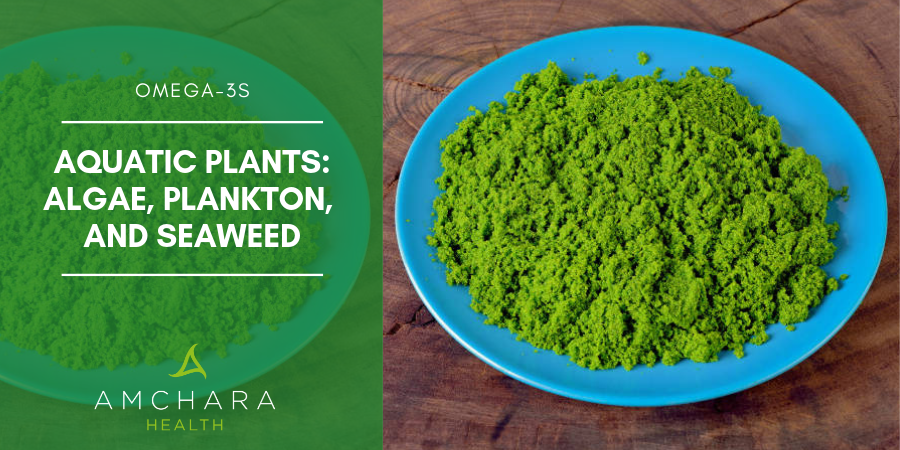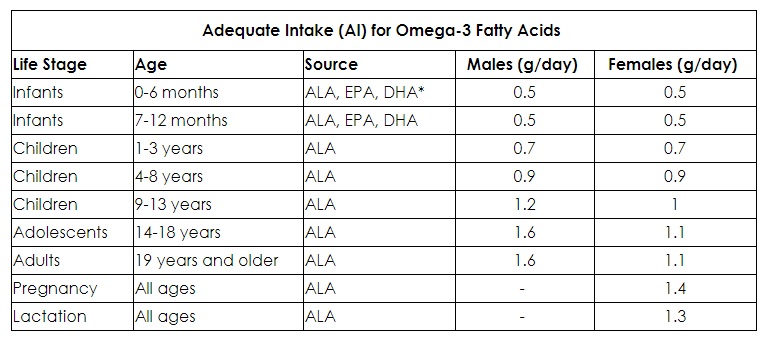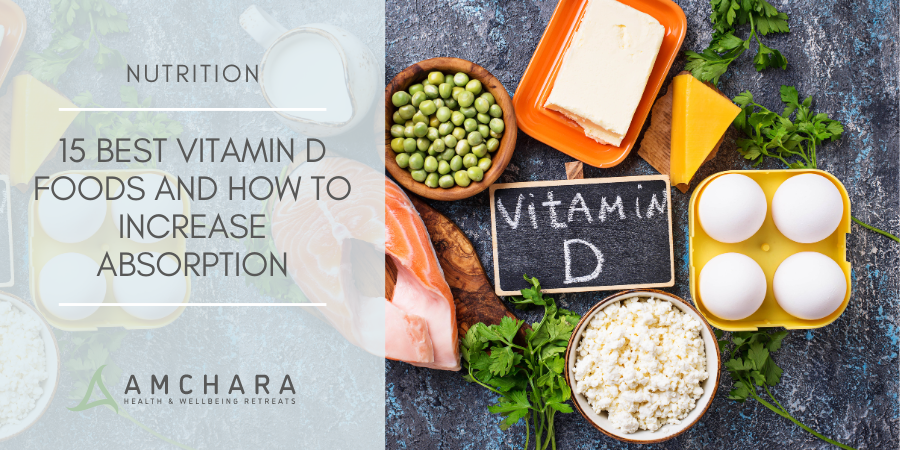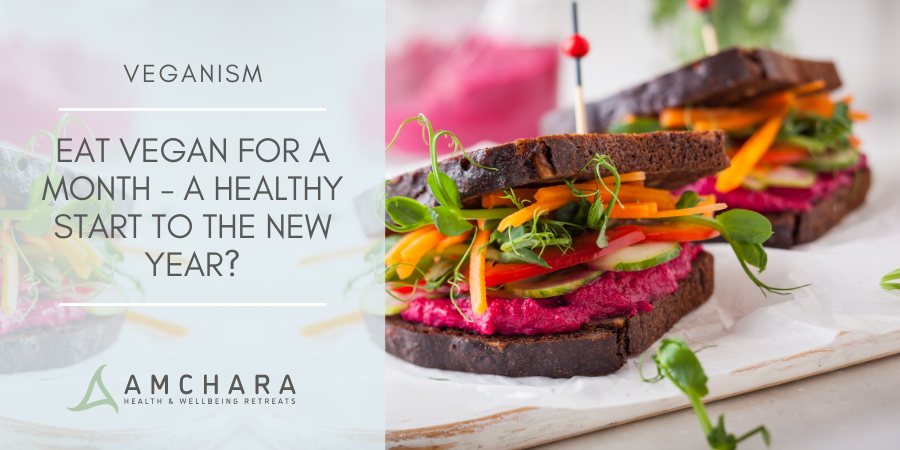Lack of sunshine, freezing weather and dark days can test the mood and optimism of even the happiest of people.
A last minute winter holiday can often do the trick, lifting the spirits and giving you something to look forward to, but what if your finances don’t stretch to an all inclusive trip to sunnier climes?
In these circumstances you have to look closer to home for solutions, and where better or easier than your kitchen cupboards.
Food, the type you eat and when you eat it has a significant impact on how you feel and is something you can control, so now is as good a time as any to think about what’s on your plate before the winter gloom sets in.
Winter depression
Depression that occurs during the winter season has been given a medical name and is termed: seasonal affective disorder (SAD).
This form of depression usually happens between September and April – the months where sunlight is minimal in the UK and it affects around one in 15 people. (1)
If you are a sufferer you may experience:
- Sleep problems
- Lethargy
- Feeling weepy
- Feeling despair
- Lack of motivation
- Heavy arms and legs
- No energy
- No interest in socialising
- Anxiety
- Loss of libido
- Low immunity
- Carbohydrate cravings
- Weight gain
The reduced level of sunlight during autumn and winter is thought to affect the production of serotonin, a neurotransmitter that influences mood.
For this reason, it is often referred to as the ‘happy hormone’.
Researchers have linked low levels of serotonin to depression. (2)(3)
Brain scans have identified that people who experienced SAD during the winter months had higher levels of a serotonin transporter protein that removed serotonin than those who did not have SAD. (8)
Winter blues are a less severe form of seasonal disorder but nonetheless can make life pretty miserable at this time of year.
Finding a coping mechanism is essential and dietary modifications can make all the difference.
Blood sugar balance and mood swings
Your blood sugar is otherwise known as ‘glucose’, which comes from the carbohydrate foods you eat.
This includes obviously sugary foods such as biscuits, cakes, sweets, table sugar and chocolate, but it is also hidden in many other processed foods.
A typical example of this is pre-cooked chicken, which often has sugar as one of the ingredients used to enhance the flavour.
After eating, the amount of glucose in your blood rises, triggering the release of insulin a hormone that helps to bring levels back to normal.
If the glucose levels rise too rapidly, too much insulin can be released pushing blood sugar levels down too low.
This creates a blood sugar imbalance and can cause a number of symptoms including irritability, anxiety, mood swings and depression.
Your brain needs a constant supply of glucose to function adequately, this is because the cells in the brain find it very hard to utilise any other source of energy.
It also explains why when blood sugar levels drop too far you can become cranky and depressed.
Maintaining even balanced blood sugar levels throughout the day is one solution and is not too difficult to achieve if you think about when and what you eat.
Top tips for maintaining glucose balance:
- Always eat breakfast
Your brain needs glucose after an extended fasting period through the night. If you don’t refuel it will affect your mood and concentration levels.
- Avoid highly processed and sugary foods
The more highly refined and sugary foods are, the quicker they are broken down into glucose for fuel, playing havoc with your blood sugar balance.
This may mean having to forego a lot of your favourite convenience foods because they are likely to contain refined carbohydrates.
- Replace refined carbohydrates with complex carbohydrates
These take much longer to break down in the stomach, releasing the sugar more gradually.
Complex carbohydrates include: whole-grain flours, brown rice, vegetables, beans, pulses, lentils etc.
- Include a small portion of protein at each meal
Protein slows down the absorption of sugar from other foods in the stomach.
Good examples are nuts with fruit, boiled eggs with salad, natural yogurt and berries.
- Avoid stimulants such as tea, coffee, cola and cigarettes
These can reduce insulin production as they stimulate the adrenal glands to produce adrenaline, which triggers a rise in blood sugar levels.
Insulin then kicks in and blood sugar can plummet again, perpetuating the cycle of highs and lows.
Good alternatives include herbal teas, barley coffee and plenty of water
This produces very strong swings in blood sugar levels and may aggravate hypoglycaemia (low blood glucose).
- Consume more high fibre foods
Fibre slows the absorption of sugar from food, particularly water-soluble fibre as found in legumes, oat bran, apples, pears and most vegetables.
How omega-3 essential fatty acids help
The importance of essential fatty acids in human nutrition is now firmly established and research continues to uncover further health benefits, particularly in relation to omega-3 intake, brain development and depression.
However, the omega-3s sourced from aquatic plants and fish are far more useful to the body.
Alpha-linolenic acid (ALA)—the short-chain omega-3 fatty acid derived from plants- is utilised by the body primarily to make a long-chain omega-3 fatty acid called docosahexaenoic acid (DHA).
As well as this the body uses ALA to make another long-chain omega-3 fatty acid called eicosapentaenoic acid (EPA), which while beneficial in many ways, does not appear to be as essential to body functions as is DHA.
Brain cell membranes are rich in DHA, which gives fluidity to the membrane allowing for effective transport of important hormones and neurotransmitters that influence brain function and mental health. (7)
Omega-3s are also known to dampen inflammation in the body, which is important because chronic low-level inflammation is linked to many health conditions including mood disorders such as depression.
Population studies in various countries suggest that low levels of omega-3s in the diet correlate with increased rates of depression.
More recent studies have confirmed the benefits of omega-3 consumption in improved mental health. (4)(5)(6)
The studies demonstrate a range of positive effects including:
- Reduced risk and severity of depression
- Enhanced mood and brain function in healthy people
- Fewer outbursts of anger and hostility in violent prisoners, addicts and troubled teenagers.
- Lower risk and severity of post-natal depression
- Extended periods of remission in bi-polar disorder
- Reduced risk and severity of social anxiety disorder
The UK government currently advise the public to eat at least one omega-3 rich portion of oily fish every week.
However, statistics indicate that many people consume considerably less than this due to concerns about the toxic levels of mercury in oily fish.
A high quality fish oil supplement or a plant source is a good alternative.
Food sources of omega-3 essential fatty acids
Dietary omega-3 EFAs can be obtained from a number of sources:
- Plant foods
E.g. flaxseeds, walnuts, hemp, chia seeds, soybean oil, rapeseed oil, flaxseed oil, edamame, walnut oil
- Aquatic plants
Algae, plankton, and seaweed
E.g. Nori, spirulina, chlorella
- Animals
Lamb, fish, shellfish, and zooplankton
E.g. salmon, mackerel, fresh tuna, herring, trout, canned sardines, European grass-fed lamb (less omega-3 in Australian lamb)(9)
The recommended intake of omega-3
*All omega-3 polyunsaturated fatty acids present in human milk can contribute to the AI for infants. ALA, alpha-linolenic acid; EPA, eicosapentaenoic acid; DHA, docosahexaenoic acid.
How much omega-3 is in the food you buy?
The information below gives you a good idea of how much omega-3 you can get from certain foods.
If you are vegan or vegetarian, your best food choices will need to be ALA sourced from plants, such as walnuts, flaxseeds (linseeds) and nut oils.
| Food source: | Grams per 100g |
| Salmon | 2.3 |
| Trout | 1.2 |
| Herring | 2 |
| Mackerel | 2 |
| Sardines | 2.2 |
| Pilchards | 2.2 |
| Tuna | 1.6 |
| Crab | 1.2 |
| Cod liver oil | 20 |
| Linseed (flaxseed) oil | 50 |
| Linseeds | 20.3 |
| Pumpkin seeds | 3.5 |
| Soya bean oil | 7.3 |
| Walnut oil | 11.5 |
| Rapeseed oil | 9.6 |
| Soya beans | 1.2 |
| Hemp seed oil | 2 |
Take home message:
If you are struggling with the winter blues or SAD and need guidance with your dietary choices, Amchara has a team of trained health professionals that can help you to achieve your goals.
READ NEXT:






